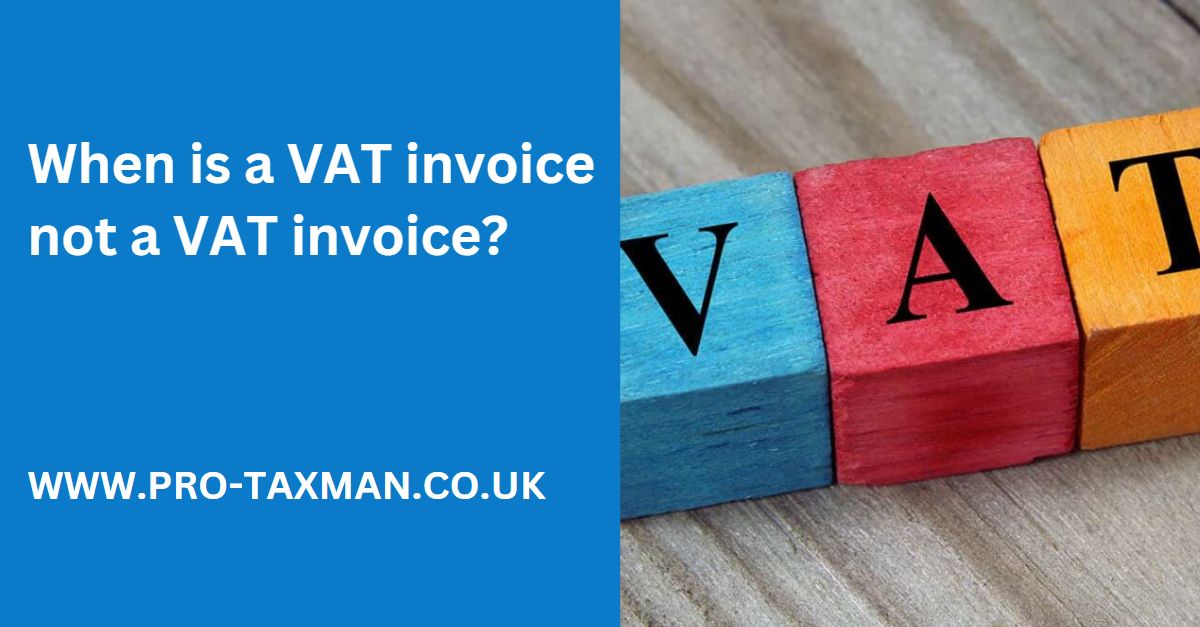- HMRC are currently taking an inordinately long time to issue VAT registration numbers. You used to be able to get a VAT number within 24 hours but HMRC now advise a delay of up to three months.
- The delay is because HMRC have updated the registration process, requiring businesses to submit applications via a new VAT Registration Service. Meanwhile many businesses need to issue invoices. A business that has not been allocated a VAT registration number can be disadvantaged as it cannot issue VAT invoices to customers. In addition, a VAT number is often used as proof of being in business.
- A business must start accounting for VAT from the ‘effective date of registration’, being the end of the month following the relevant month from which the business was obliged to register (due to the business turnover exceeding £85,000 during the previous 12 months) or the date of voluntary registration or from an earlier date agreed with HMRC. All invoices from this point (the date of registration) should include VAT.
- Whilst waiting for the number, during the interim period HMRC recommend a business which knows its effective date of registration should adjust its prices to reflect the gross amount received. VAT should not be shown separately on any invoice.
- Basic tax point
- The basic tax point for a supply of goods is the date the goods are removed/time of shipping sent to, or taken by, the customer. If the goods are not removed, then it is the date the goods are made available. The basic tax point for a supply of services is the date the services are performed. In the case of both goods and services, where a VAT invoice is raised or payment is made before the basic tax point, there is an earlier actual tax point created either at the time the invoice is issued or payment received, whichever occurs first. If a business supplies products or performs services more than 14 days before a VAT invoice is issued for those goods or services, then the basic tax point becomes the date those goods or services were supplied. The basic tax point is always overridden by an actual tax point.
- A tax point can only be created by the issue of a ‘proper’ VAT invoice, which needs to show the name and address of the supplier and customer, a description of the goods or services, the supplier’s VAT number, the tax point/date and the VAT rate applicable.
- It should be noted that a receipt is not an invoice, but an acknowledgement of payment. While much of the information might be the same, an invoice must show the word ‘invoice’ and include specific information that a receipt typically does not. A modified invoice showing the VAT inclusive value of sales is the same as a full one but can be used by retailers for sales greater than £250 (excluding VAT).
- When the VAT number finally arrives
- On receipt of the number, all invoices issued and sent in the interim period between the date of registration and the arrival of the VAT number need to be reissued. It is only from that date that customers can claim the VAT charged.
- Practical point
- Issue the invoices but include the words ‘VAT registration applied for’ so that the customer is aware that they cannot claim the VAT payment but will be able to do so sometime in the future. For clarity, many businesses also show the words ‘This is not a VAT invoice’.
Need professional accounting service or accounting advice? Contact us to book a 15-min Free Consultation with us today.
To find out more please follow us on Facebook, Twitter, or LinkedIn. Feel free to contact us on 0333 006 4847 or request a call back by texting 075 6464 7474

